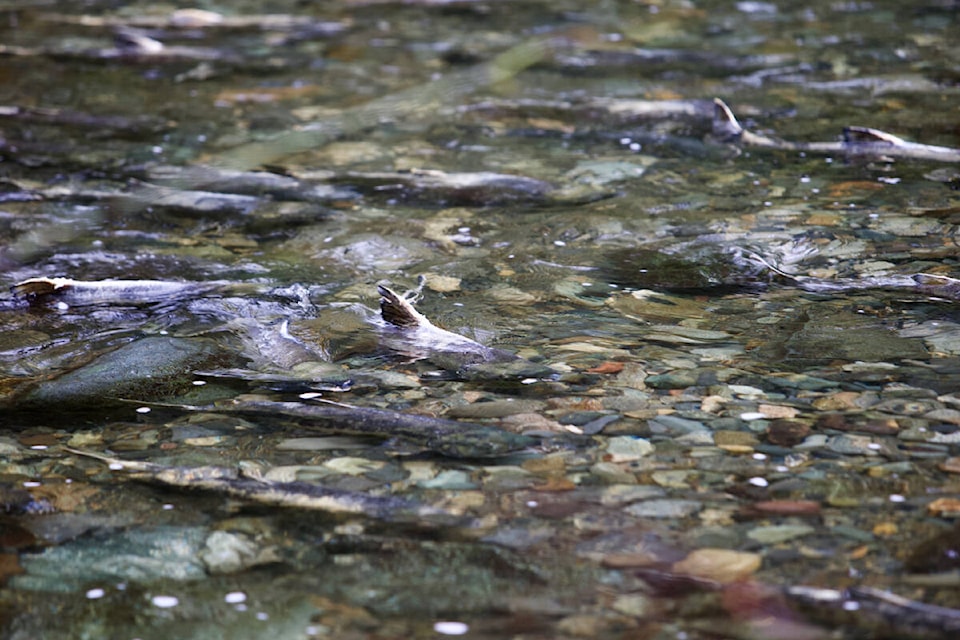A Tsartlip First Nation community member is gearing up for weekly rallies near Goldstream Provincial Park in an effort to raise awareness about the impact ofB.C.’s planned Trans-Canada Highway widening in the area on salmon spawning areas.
Carl Olsen plans to demonstrate at the side of the Malahat section of the highway every Tuesday - starting on March 14 - to highlight the impact of the widening project on the hatchery, and how incompatible it is with the principles of the Douglas Treaties which outlined the rights of Indigenous people to hunt and fish on the lands.
“The reason I am doing this is because somebody needs to speak for the fish,” said Olsen. “I want to bring to the government’s attention that the stream there is a protected area. I think there have been some conversations between the province and the WSANEC communities, but they want us to accept their study of the effects of what’s going in because they say there is not going to be any effects, but we want to do our own study as far as I am hearing, and compare. We want to make the public aware of what is really going to happen there.”
Olsen said the main concern with the project is the fact support columns for the widened road will be built near the centre of the Goldstream River. He said the majority of spawning coho salmon returning to the river need to pass the area where those columns will be built, meaning they will likely interfere with the fish.
READ MORE: Province plans widening, median and roadside barriers for Highway 1 near Goldstream park
Also of concern is the fact the project will involve cutting down hundreds of trees, according to Olsen.
The province announced the widening project in 2018, and according to a project page on the government’s website, the latest update to it was a public engagement period which ended in September 2020.
It focuses on a 1.7-kilometre stretch near the park, and includes widening and minor realignment to accommodate the installation of median barriers, wider paved shoulders, roadside barriers and improvements to the Finlayson Arm Road intersection.
The Ministry of Transportation and Infrastructure’s (MOTI) plans also include the enhancement and protection of an existing trail that runs parallel to the highway and overlooks the Goldstream River. MOTI also plans to improve parking and trail network connections, add a pedestrian bridge over the river and build a pedestrian highway crossing structure.
Olsen is inviting anyone who wants to learn more about the widening project and the concerns he has over it to join him at his demonstration on Tuesday (March 14), meeting at the park parking lot off of Finlayson Arm Road for 9:45 a.m., before moving to the side of the highway with protest signs around 10 a.m. He emphasized that at no point will the parking lot nor the highway be blocked, and the weekly demonstrations will be peaceful as he feels that is the only way anyone will listen to his message of concern.
While Olsen is organizing the demonstrations himself, he hopes the support he has already seen from the WSANEC First Nations will continue and expand, amplifying his own voice.
READ MORE: Scientists slam DFO report regarding salmon farms, sea lice
@JSamanski
justin.samanski-langille@goldstreamgazette.com
Like us on Facebook and follow us on Twitter.



